Meditation with Paige
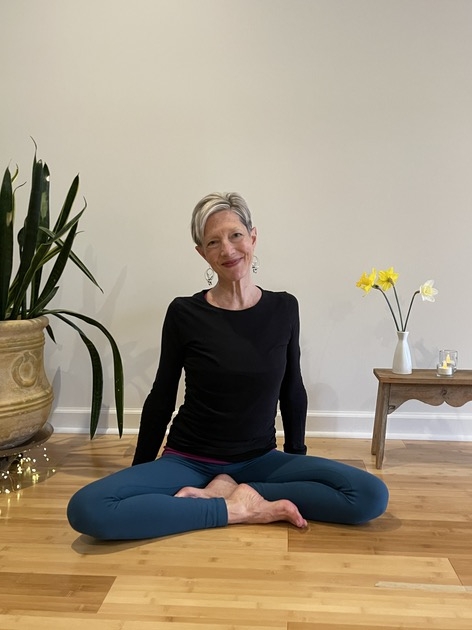
[av_textblock size=” font_color=” color=” av-medium-font-size=” av-small-font-size=” av-mini-font-size=” av_uid=’av-kiqnisof’ custom_class=” admin_preview_bg=”] Mindful Meditation Led by Paige Gilchrist [/av_textblock] [av_video src=’https://vimeo.com/527509345′ mobile_image=’https://youryoga.com/wp-content/uploads/2021/03/IMG_4158-2-rotated.jpeg’ attachment=’10701′ attachment_size=’full’ format=’16-9′ width=’16’ height=’9′ conditional_play=” av_uid=’av-kiqn26dr’ custom_class=”] [av_textblock size=” font_color=” color=” av-medium-font-size=” av-small-font-size=” av-mini-font-size=” av_uid=’av-kiqnh6e5′ custom_class=” admin_preview_bg=”] Gift yourself 10-minutes, a moment to clear your head, check in with yourself and reconnect with your […]
Eco-friendly Yoga Mats & Props

Maintaining a Sustainable Yoga Practice Plastic. Trash. Single use items. Carbon emission. These are all items that quickly come to mind when you think of types of pollution that we are battling every day. But as a yogi, have you ever considered how your practice impacts our environment? The most common piece of equipment you […]
Meditation with Maeve
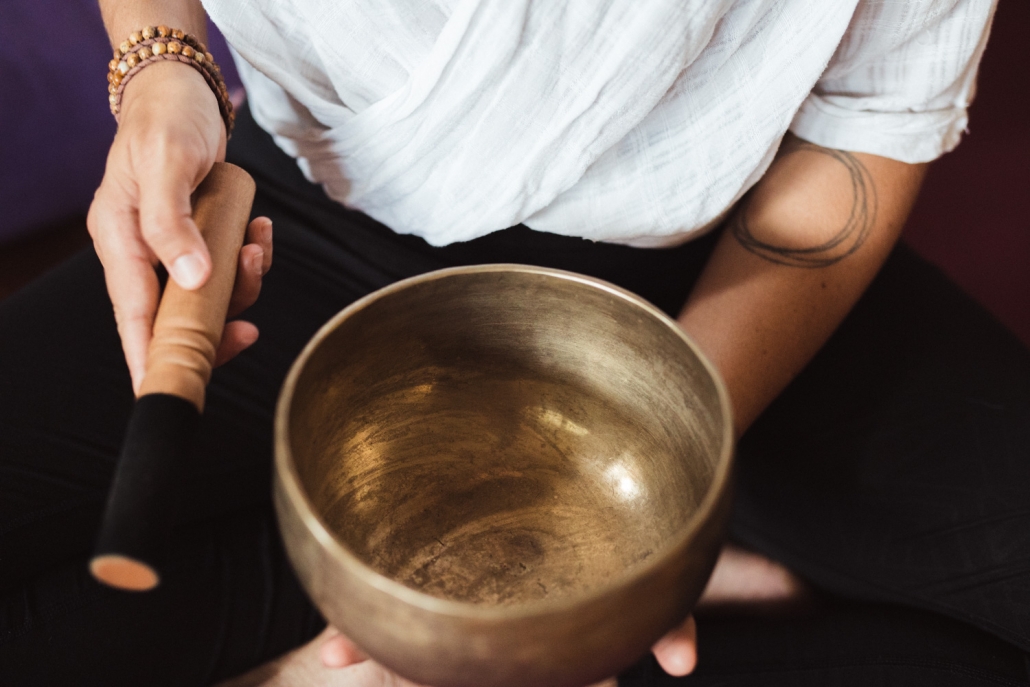
[av_textblock size=” font_color=” color=” av-medium-font-size=” av-small-font-size=” av-mini-font-size=” av_uid=’av-kiqnisof’ custom_class=” admin_preview_bg=”] Nadi Shodhona Meditation Led by Maeve Hendrix [/av_textblock] [av_video src=’https://vimeo.com/490497339′ mobile_image=’https://youryoga.com/wp-content/uploads/2020/12/3N6A4040-1030×687.jpg’ attachment=’10377′ attachment_size=’large’ format=’16-9′ width=’16’ height=’9′ conditional_play=” av_uid=’av-kiqn26dr’ custom_class=”] [av_textblock size=” font_color=” color=” av-medium-font-size=” av-small-font-size=” av-mini-font-size=” av_uid=’av-kiqnh6e5′ custom_class=” admin_preview_bg=”] Meditation accounts for four of the eight limbs of yoga, and is an important aspect of […]
6 Benefits of Japa Meditation
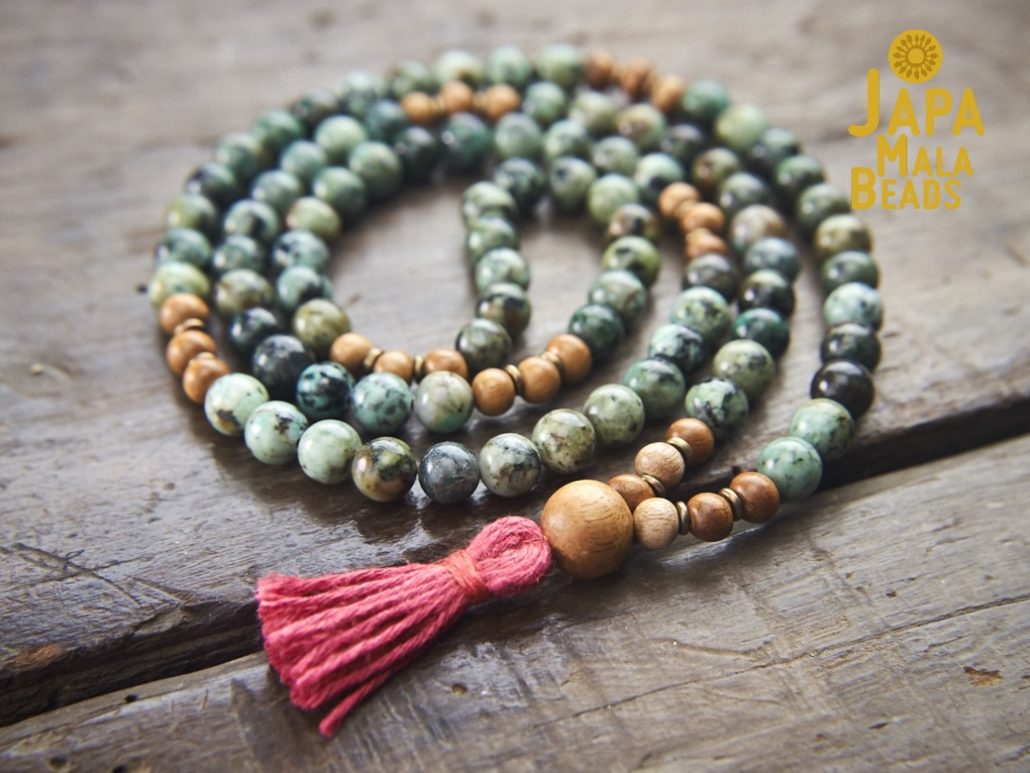
6 Benefits of Japa Meditation By Timothy Burgin, Founder & Creator of Japa Mala Beads While there are numerous traditions and styles of meditation one can practice, I’ve found that using a mantra with mala beads is the easiest and most powerful way to meditate. In addition to all of the benefits of meditation, japa […]
20 Minutes of Turning Inward
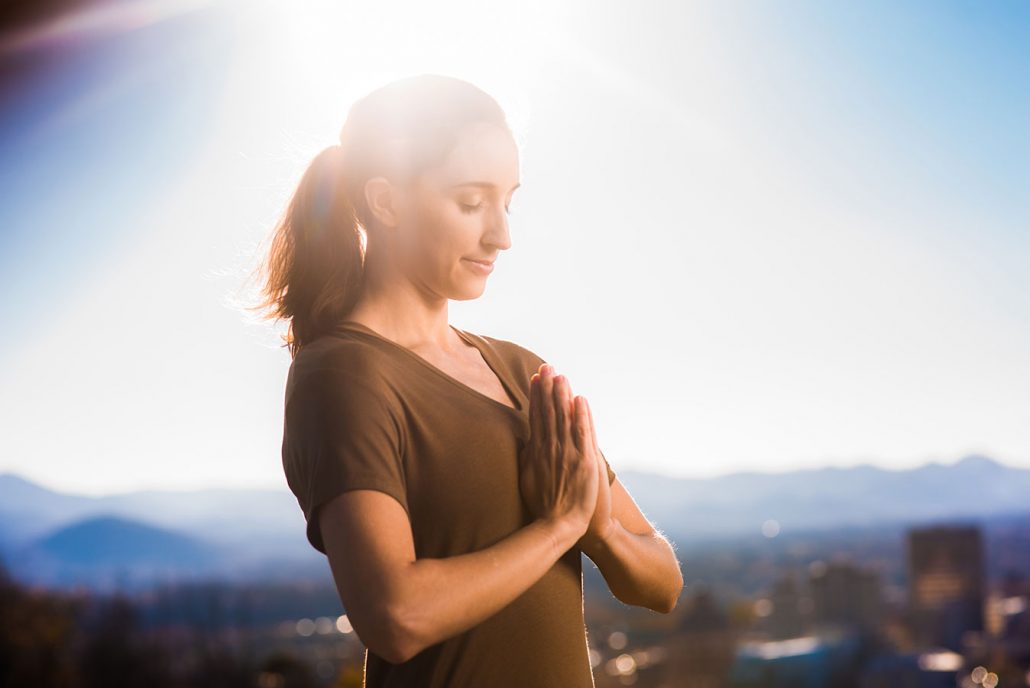
20 Minutes of Turning Inward Meditation accounts for four of the eight limbs of yoga, and is an important aspect of any yogi’s practice. To meditate is to bring yourself into a state of thoughtful awareness, one that allows you to look inward and focus on yourself. Meditating can begin by focusing on your breath, […]
Instructor of the Month: Kimberley Puryear
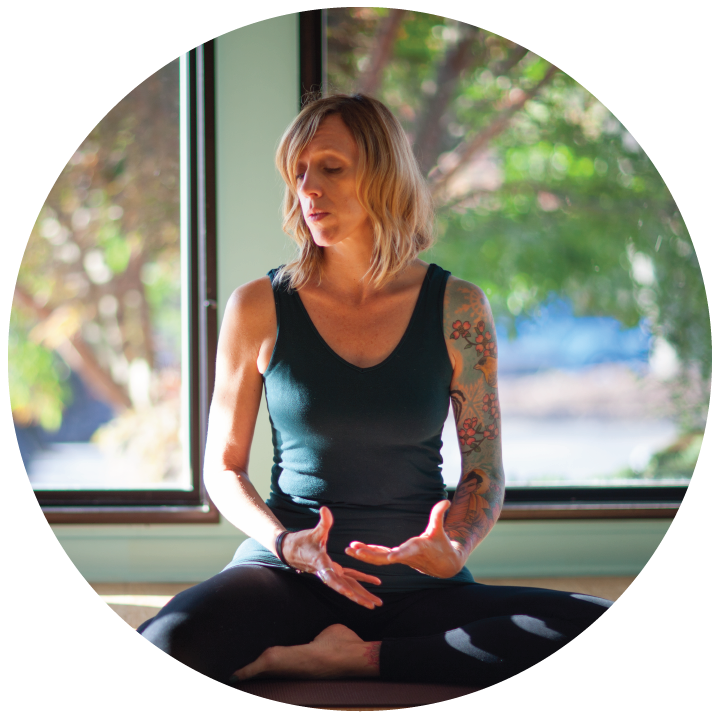
Instructor of the Month: Kimberley Puryear Taking one of Kimberley Puryear’s classes is to get an hour-long education in authenticity and self love. The moment you lay out your mat in her Tuesday evening Yin class, you are welcomed by Kimberley with a smile (usually followed by a funny one-liner). Although the class is always […]
Instructor of the Month: Michael Johnson
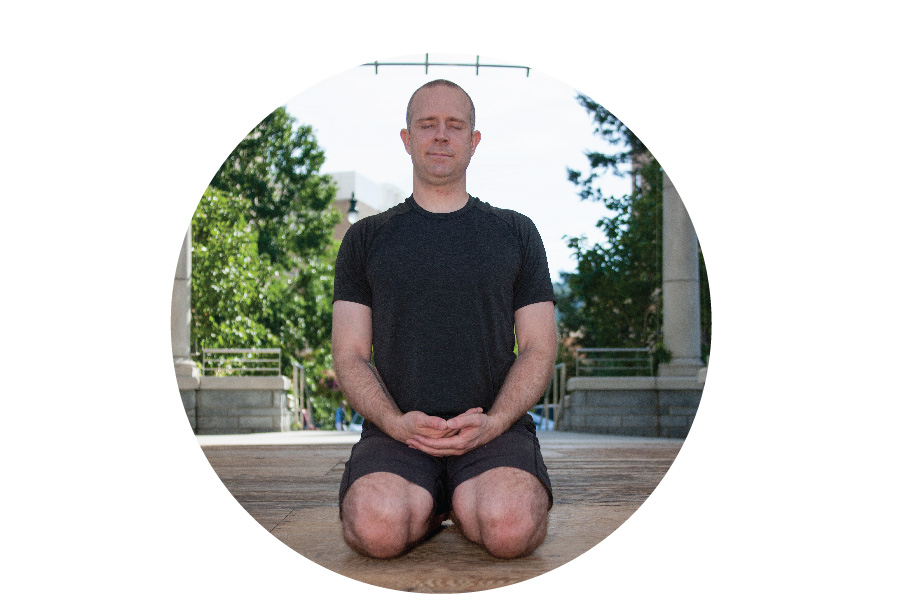
Michael Johnson is a compelling mix of creative yoga instructor and curious student of the mind. The root of his interest in meditation lies in its ability to help with neurological disorders and for developing wellbeing. Michael’s worldview and meditation practiced changed when he read Buddha’s Brain by Rick Hanson and Richard Mendius. In this book, […]
Yoga for Stress

Yoga for Stress Do you feel great? Alive and vital? If not, consider the role that stress might be playing in your life. Stress can greatly diminish our energy. Stress quite literally robs us of our vitality. We live in an increasingly stressful world and the potential for the experience of stress comes at […]
Yogic Chakra Guide
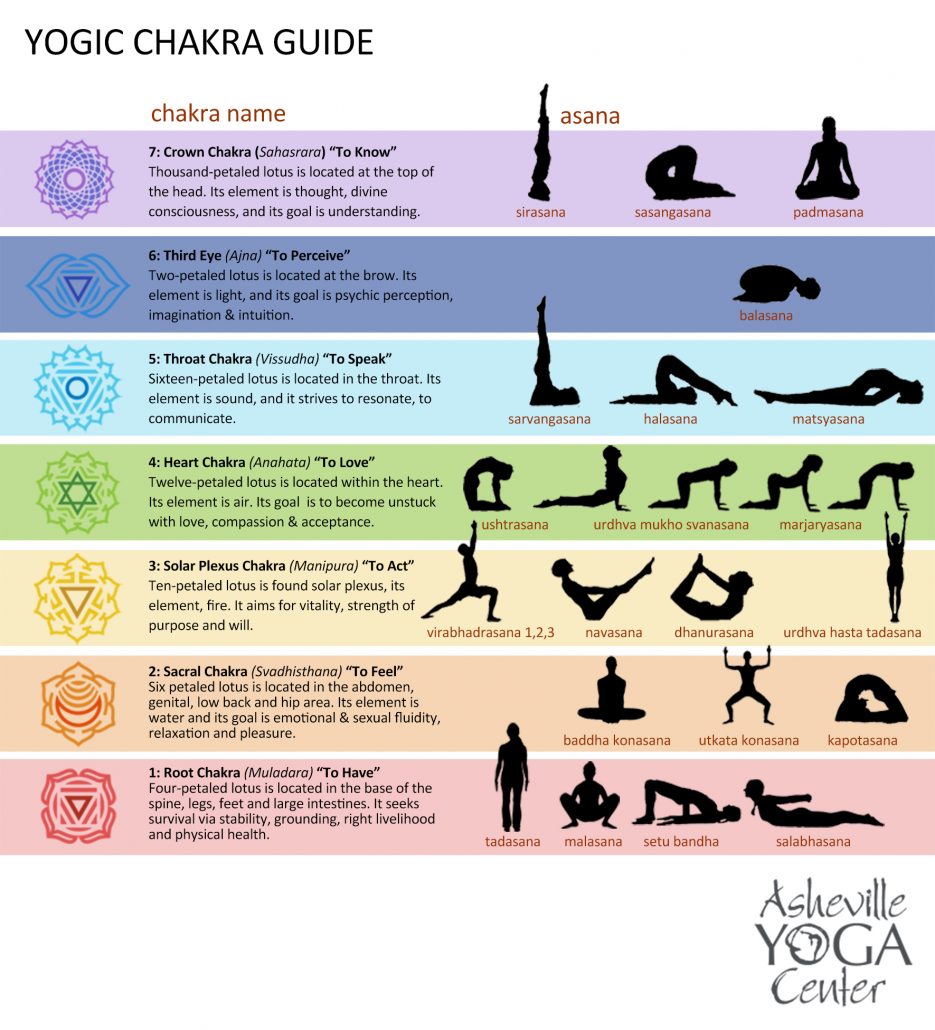
[av_submenu which_menu=” menu=’14’ position=’center’ color=’main_color’ sticky=’aviaTBsticky’ mobile=’disabled’ av_uid=’av-kkx15fm4′ custom_class=”] [av_submenu_item title=’Menu Item 1′ link=” linktarget=’no’ button_style=” av_uid=’av-jlk9f’] [av_submenu_item title=’Menu Item 2′ link=” linktarget=’no’ button_style=” av_uid=’av-dycob’] [/av_submenu] [av_textblock size=” font_color=” color=” av-medium-font-size=” av-small-font-size=” av-mini-font-size=” av_uid=’av-9whwj’ custom_class=” admin_preview_bg=”] Yogic Chakra Guide Our chakra system is composed of subtle energy centers that hold the key to our spiritual […]
8 Ways to a Peaceful Class
8 Ways to a Peaceful Class When you first asked how do you become a yoga instructor, you probably weren’t thinking of becoming a peacemaker, negotiator or disciplinarian. The focus of your answer to How do you become a yoga instructor was more likely on the poses, the marketing and the yoga philosophies that drew you to the […]
